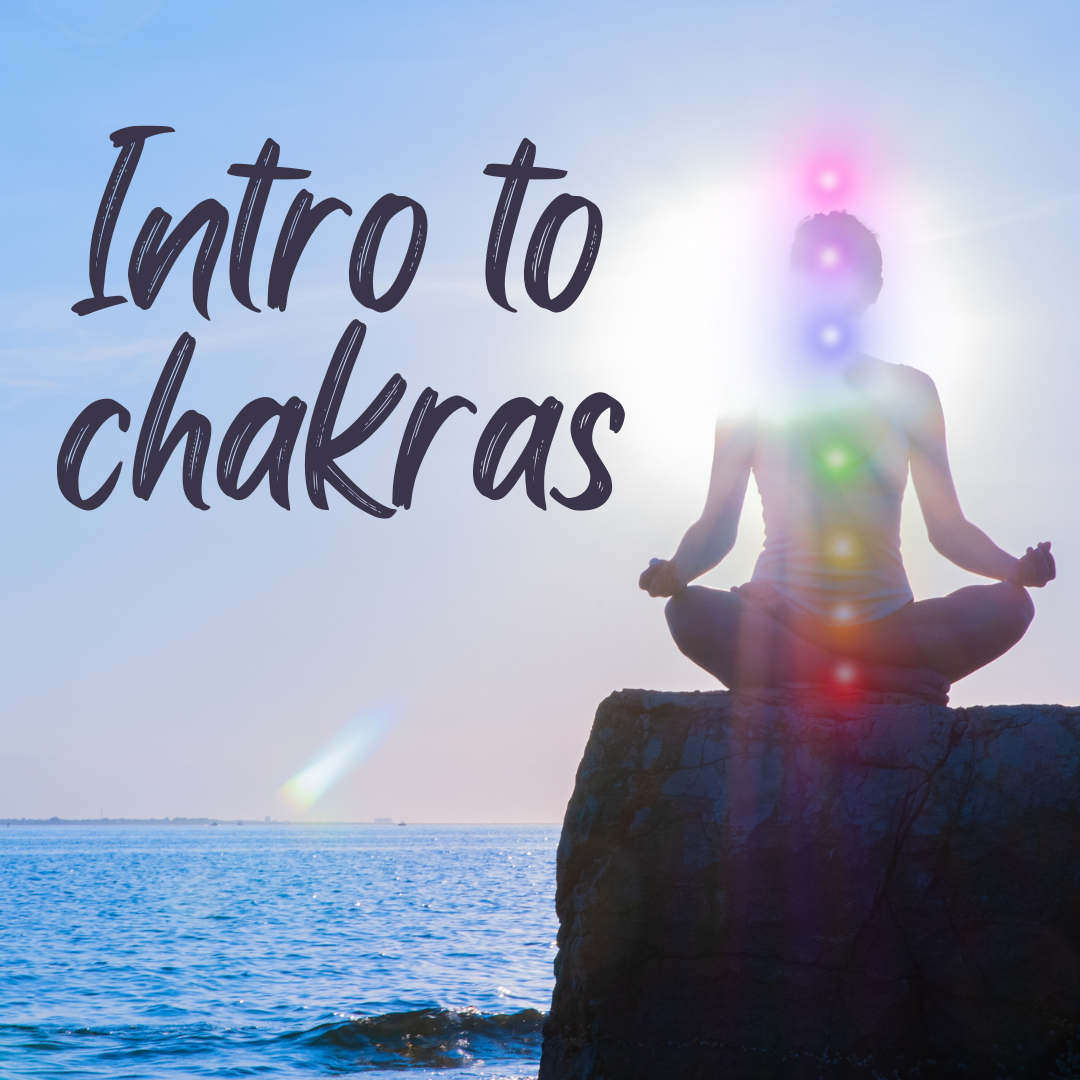Chakra (chuck-ra) is a Sanskrit word that translates to "wheel." Chakras are energy centers within the body that govern the distribution and flow of prana - our energy life force. The concept is found in the traditions of Hinduism, Buddhism, and Jainism. There are seven main chakras and a total of 114 in the body. These wheels of energy correspond to nerve centers in the body and align with the spine. chakras can influence both physical and emotional health, making balanced chakras important to overall health and well-being. Sometimes the flow of prana can become blocked, leading to emotional and health issues. Learning how to re-balance our chakras can help energy flow more smoothly, improving mood and energy.
The Crown Chakra, or The Sahasrara, is located at the top of the head. It represents our ability to be fully connected spiritually, our inner & outer beauty, understanding, acceptance, and pure bliss. This is the center of enlightenment, our higher selves and our access to the ultimate divine. It correlates with the color violet or white and is associated with the cerebral cortex, central nervous system, and the pituitary gland. It is also called the chakra of divine purpose and personal destiny. A blockage here may manifest as psychological problems.
The Third Eye Chakra, or the Ajna, is located between the eyebrows. It represents our ability to focus and see the big picture, imagination, and wisdom, as well as the ability to think and make decisions. It is our center of intuition and correlates with the color indigo. It is concerned with inner vision, intuition, wisdom, and dreams. A blockage here may manifest as problems with lack of foresight, mental rigidity, selective memory, and depression.
The Throat Chakra, or The Vishuddha, is located in the throat. It represents our ability to communicate, our self-expression, and our feelings of truth. It correlates with the color blue and is the center for our verbal expression and ability to speak our highest truths. It is associated with the neck, shoulders, thyroid, parathyroid glands, jaw, mouth, and tongue, as well as the senses of inner and outer hearing, ideas, health, transformation, and purification. A blockage here can result in creative blocks, dishonesty, and problems communicating.
The Heart Chakra, or The Anahata, is located in the center of the chest just above the heart. It represents our ability to love and be loved, our joy and inner peace. This chakra unites the lower chakras of matter and the upper chakras of spirit. It serves as a bridge between our body, mind,
emotions, and spirit. This chakra correlates with the color green and is considered the house of the soul. It is associated with the lungs, heart, arms, hands, and thymus gland. A blockage here can manifest as issues with the immune system, lungs, heart, or as inhumanity, lack of compassion, or unprincipled behavior.
The Solar Plexus Chakra, or The Manipura, is located in the upper abdomen/stomach area. It represents our source of personal power, our ability to be confident and in control of life. This is our center for self worth, confidence, and self-esteem, and correlates with the color yellow.
It is associated with the digestive system, muscles, pancreas, and adrenals. Often called the seat of emotional life, our sensitivity, ambition, and ability to achieve are stored here. A blockage here may manifest as anger, frustration, lack of direction, and a sense of victimization.
The Sacral Chakra, or The Svadhisthana, is located in the lower abdomen about two inches below the navel. It represents our connection, the ability to accept others and/or new experiences, feeling a sense of abundance, well being, and pleasure. It is our creativity and sexual center and correlates with the color orange. It is associated with emotions, the lower abdomen, kidneys, bladder, circulatory system, reproductive organs, and glands. A blockage here may manifest as emotional issues, compulsive or obsessive behavior, and sexual guilt.
The Root Chakra, or The Muladhara, is located at the base of the spine. It represents survival issues, basic needs, our foundation, and feelings of being grounded. It correlates with the color red. Being the chakra that is closest to the earth, its function is concerned largely with earthly grounding and physical survival. It is associated with legs, feet, bones, bladder, large intestine, and adrenal glands. This chakra also controls fight or flight response. When this chakra is out of balance, it may manifest as paranoia, fear, procrastination, and defensiveness. When this chakra is open and balanced, we feel safe and fearless.
When one chakra begins to fall out of balance, the other chakras attempt to compensate, much like our muscles. This can lead to imbalance and stress throughout the body. There are many ways to open up and recenter the chakras, including meditation, breath work, yoga, crystals, body work like Reiki or massage, etc. Try to incorporate balancing your chakras into your daily routine and see what happens!











1 comment
Brenda
That was explained very great.
Leave a comment
All comments are moderated before being published.
This site is protected by reCAPTCHA and the Google Privacy Policy and Terms of Service apply.